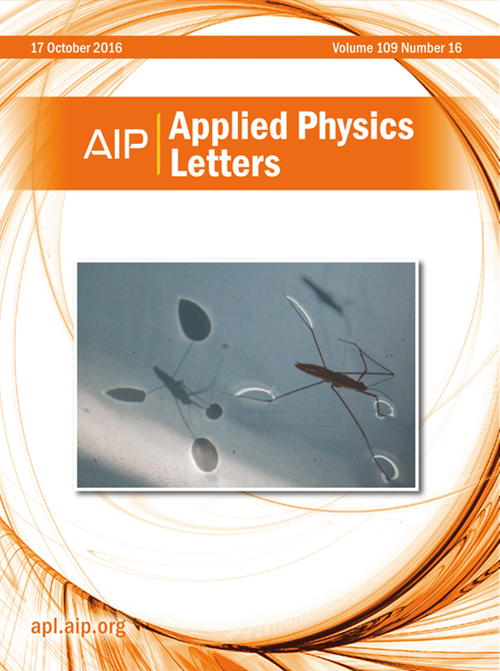Optimization of HWCVD-grown i-a-Si:H films through synergistic adjustment of hydrogen dilution ratio and hot-wire temperature
IF 3.5
2区 物理与天体物理
Q2 PHYSICS, APPLIED
引用次数: 0
Abstract
Growth of intrinsic hydrogenated amorphous silicon (i-a-Si:H) films in silicon heterojunction solar cells employing hot-wire chemical vapor deposition (HWCVD) technology does have cost advantages, yet related studies remain insufficient. To explore the potential of this technology, we investigate the synergistic effects of hydrogen dilution ratio and hot-wire temperature on film structure, passivation, and carrier transport ability in this research. A process optimization method suitable for HWCVD technology has been developed. By identifying the optimal hydrogen dilution ratio corresponding to each hot-wire temperature, combined with the bilayer film structure deposited at low and high hot-wire temperatures, both passivation and carrier transport capability are optimized, achieving a cell efficiency improvement of 0.26%abs.通过调节氢稀释比和热线温度来优化hwcvd生长的i-a-Si:H薄膜
采用热丝化学气相沉积(HWCVD)技术在硅异质结太阳能电池中生长本质氢化非晶硅(i-a-Si:H)薄膜确实具有成本优势,但相关研究还不够。为了探索该技术的潜力,我们研究了氢稀释比和热线温度对膜结构、钝化和载流子输运能力的协同效应。提出了一种适用于HWCVD工艺的工艺优化方法。通过确定各热丝温度对应的最佳氢稀释比,结合低温和高温下沉积的双层膜结构,优化了钝化和载流子输运能力,使电池效率提高了0.26%abs。
本文章由计算机程序翻译,如有差异,请以英文原文为准。
求助全文
约1分钟内获得全文
求助全文
来源期刊

Applied Physics Letters
物理-物理:应用
CiteScore
6.40
自引率
10.00%
发文量
1821
审稿时长
1.6 months
期刊介绍:
Applied Physics Letters (APL) features concise, up-to-date reports on significant new findings in applied physics. Emphasizing rapid dissemination of key data and new physical insights, APL offers prompt publication of new experimental and theoretical papers reporting applications of physics phenomena to all branches of science, engineering, and modern technology.
In addition to regular articles, the journal also publishes invited Fast Track, Perspectives, and in-depth Editorials which report on cutting-edge areas in applied physics.
APL Perspectives are forward-looking invited letters which highlight recent developments or discoveries. Emphasis is placed on very recent developments, potentially disruptive technologies, open questions and possible solutions. They also include a mini-roadmap detailing where the community should direct efforts in order for the phenomena to be viable for application and the challenges associated with meeting that performance threshold. Perspectives are characterized by personal viewpoints and opinions of recognized experts in the field.
Fast Track articles are invited original research articles that report results that are particularly novel and important or provide a significant advancement in an emerging field. Because of the urgency and scientific importance of the work, the peer review process is accelerated. If, during the review process, it becomes apparent that the paper does not meet the Fast Track criterion, it is returned to a normal track.
 求助内容:
求助内容: 应助结果提醒方式:
应助结果提醒方式:


